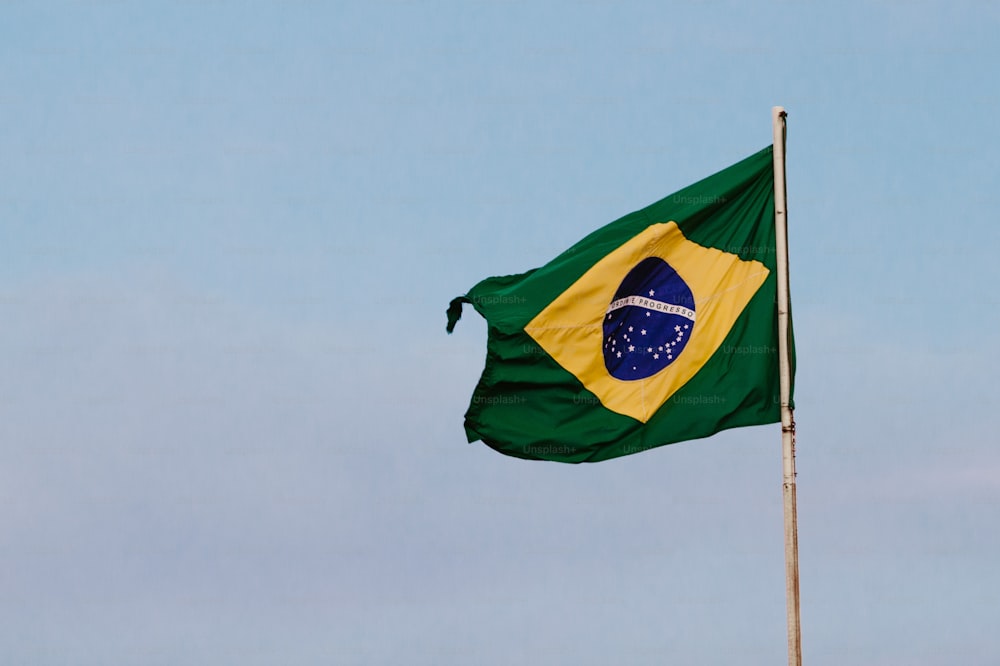How cosmetic industry in Brazil has changed over time? | Cosmetic Industry in Brazil
The cosmetic industry in Brazil has undergone a remarkable transformation over the years, evolving from a modest sector to a global powerhouse. The country's vast and diverse natural resources, along with a growing consumer demand for beauty products, have played pivotal roles in shaping the cosmetics landscape. This article explores the historical journey of the cosmetic industry in Brazil, highlighting key milestones, trends, and the industry's current state.
Early Beginnings
The roots of Brazil's cosmetic industry can be traced back to the indigenous people who inhabited the region long before the arrival of European settlers. Native tribes utilized natural ingredients like acai berries, Brazil nuts, and various herbs for personal care and adornment purposes. These early practices laid the foundation for the use of natural resources in cosmetics, a theme that would continue throughout Brazil's cosmetic industry evolution.
Colonial Influence
During the colonial period, Brazil's cosmetic industry was influenced by European beauty standards. Imported cosmetics were sought after by the elite, leading to the establishment of local apothecaries and perfumeries. These stores provided a limited range of cosmetics, mostly imported from Europe, to cater to the elite's beauty needs.
The 20th Century: Local Innovation and Expansion
The 20th century marked a significant turning point for the Brazilian cosmetic industry. Local entrepreneurs recognized the potential of the country's rich biodiversity and began to explore its resources for cosmetic formulations. The introduction of ingredients such as aloe vera, passion fruit, and cocoa into beauty products helped set the stage for Brazil's unique approach to cosmetics.
One of the most iconic Brazilian cosmetic companies, Natura, was founded in 1969. Natura focused on using sustainable, local ingredients and developed a strong commitment to environmental and social responsibility. This approach not only resonated with consumers but also set a trend for ethical and eco-friendly practices within the industry.
Another pivotal moment came with the emergence of Brazil's thriving beauty culture. The country's Carnival celebrations and samba dance culture celebrated vibrant colors and self-expression. This cultural shift influenced cosmetic trends, leading to a demand for bold and tropical-inspired makeup and hair products.
Global Recognition and Export Growth
Brazil's cosmetics industry gained global recognition for its innovative use of natural ingredients. The unique biodiversity of the Amazon rainforest provided an abundance of exotic components that drew international attention. Key ingredients like acai, cupuacu, and murumuru butter became popular exports, found in beauty products worldwide.
Additionally, Brazilian hair treatments, particularly the Brazilian Blowout, gained immense popularity around the globe. These treatments offered smooth, frizz-free hair and led to a surge in exports of Brazilian haircare products.
Challenges and Regulatory Changes
Despite its successes, the Brazilian cosmetic industry has faced challenges. Strict regulations were implemented to ensure product safety and quality, leading to increased scrutiny and requirements for manufacturers. Additionally, the economic downturn and fluctuation of the Brazilian currency affected the industry's growth and competitiveness.
However, these challenges also prompted innovation. Brazilian companies invested in research and development, creating high-quality products that met international standards. They also embraced digital marketing and e-commerce, reaching a broader audience and expanding their market presence.
The Present Landscape
Today, the Brazilian cosmetic industry stands as one of the largest in the world. It encompasses a wide range of products, from skincare and makeup to haircare and fragrances. Brazilian brands like Natura, O Boticário, and Embelleze have achieved international recognition, and their products are sought after globally.
Brazilian consumers continue to prioritize natural and sustainable products, driving innovation in eco-friendly packaging, cruelty-free formulations, and clean beauty. The industry also places a strong emphasis on diversity and inclusivity, with brands offering products tailored to various skin tones and hair textures.
Conclusion
The cosmetic industry in Brazil has evolved from its humble beginnings to become a global force in the beauty world. Its journey has been marked by innovation, a focus on natural resources, and a commitment to ethical and sustainable practices. As the industry continues to grow and adapt to changing consumer demands, it remains a shining example of how a nation's natural treasures can shape its beauty culture and industry. The future of the Brazilian cosmetic industry looks bright, as it continues to push the boundaries of beauty innovation while staying true to its roots.
by Svetlya Anukudinova
Tue, 04 Apr 23 09:33:17
by Svetlya Anukudinova
Tue, 04 Apr 23 09:24:48
by Svetlya Anukudinova
Mon, 13 Mar 23 10:52:08
Topics
Jammu & Kashmir - History, Culture & Traditions | J&K Current Trends | Social Network | Health | Lifestyle | Human Resources | Analytics | Cosmetics | Cosmetology | Forms | Jobs
Related blogs
Cosmetic industry in Armenia | How has Cosmetic industry in Armenia changed over time?
The cosmetic industry in Armenia has undergone...Cosmetic Industry in Argentina | How has the Cosmetic Industry in Argentina changed over Time?
The cosmetic industry in Argentina has undergone...How has the cosmetic industry in Algeria changed over time? Cosmetic Industry in Algeria
The cosmetics industry in Algeria has undergone...How has the cosmetic industry in Albania changed over time? | Cosmetic Industry in Albania
Cosmetics are an essential part of our lives....
Quote of the Day
"Time Flies Over, but Leaves its Shadows Behind"


